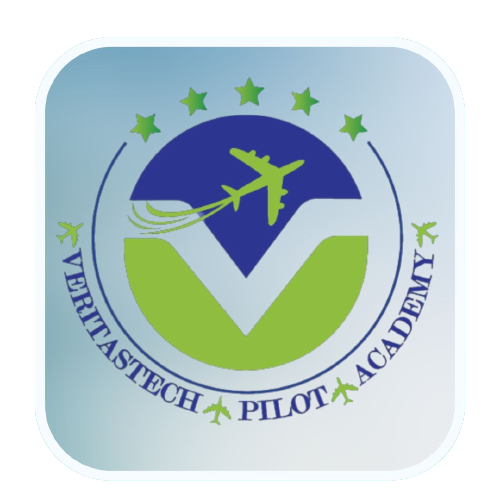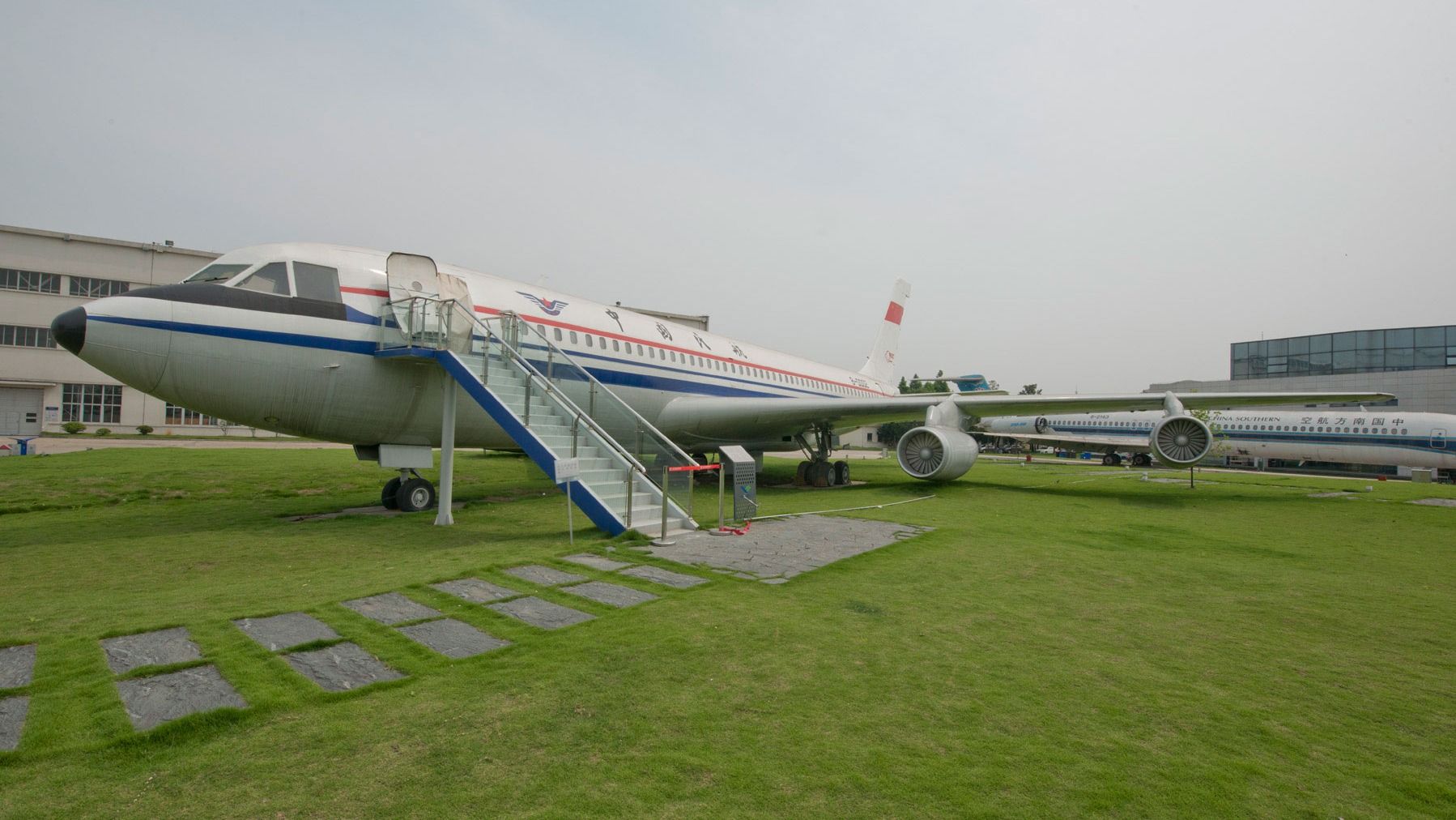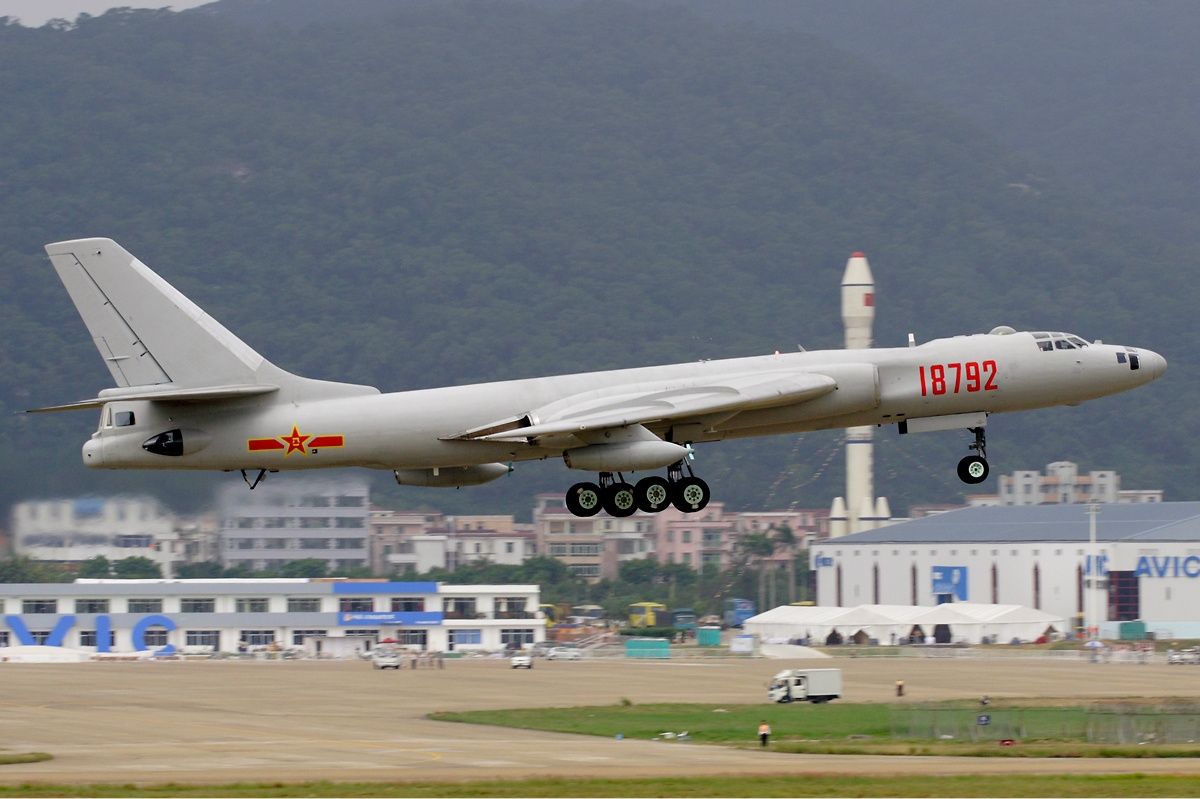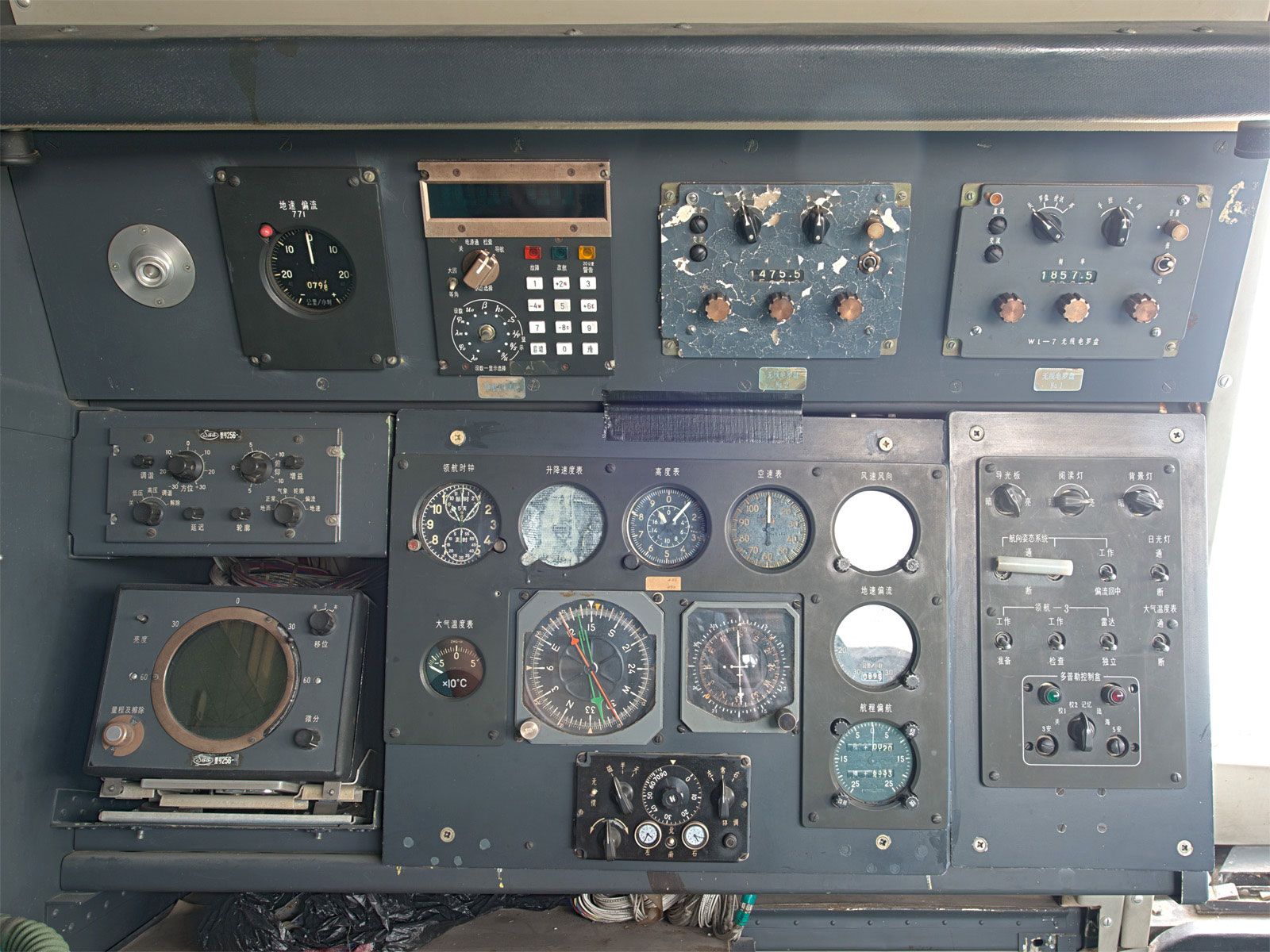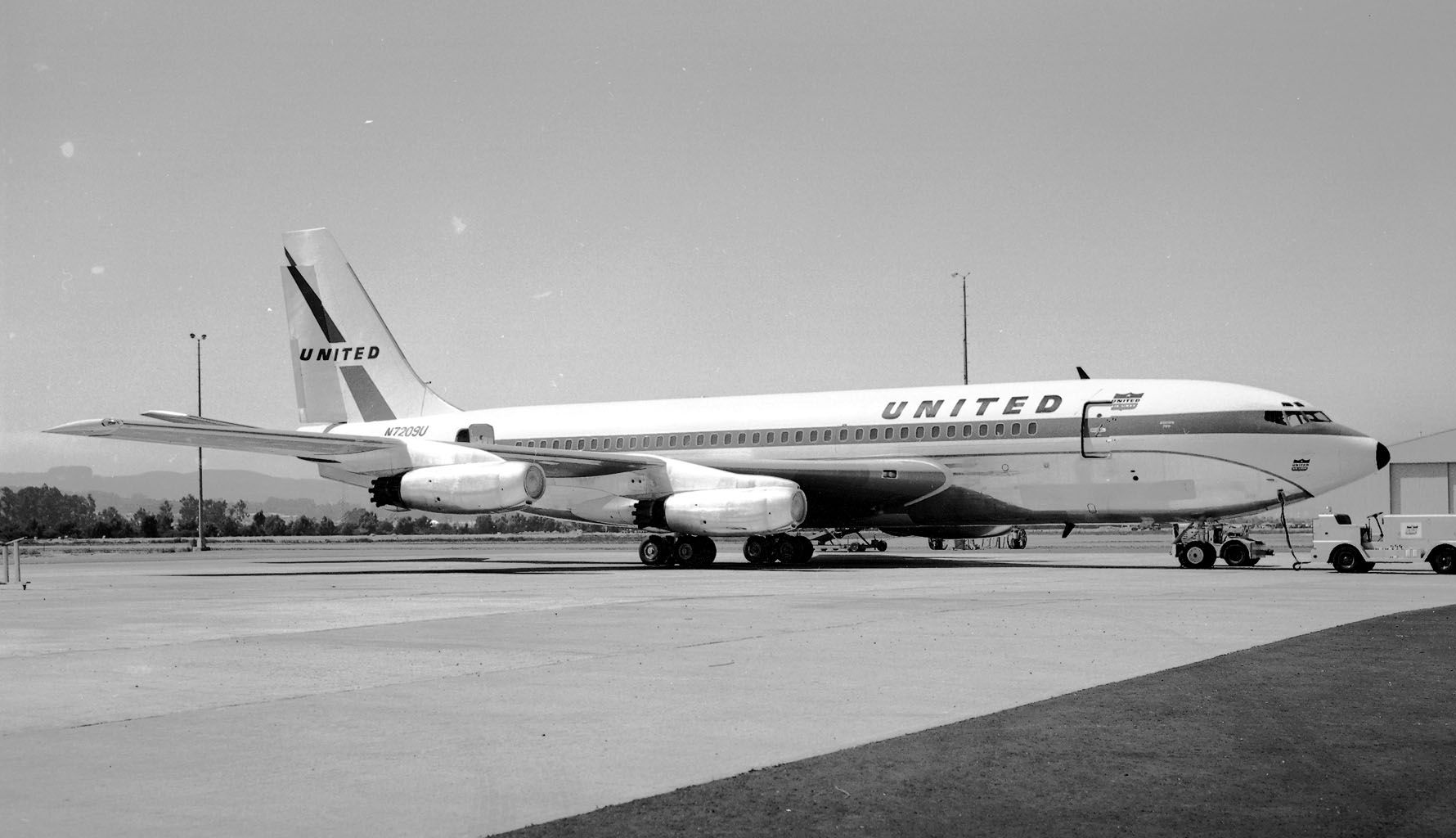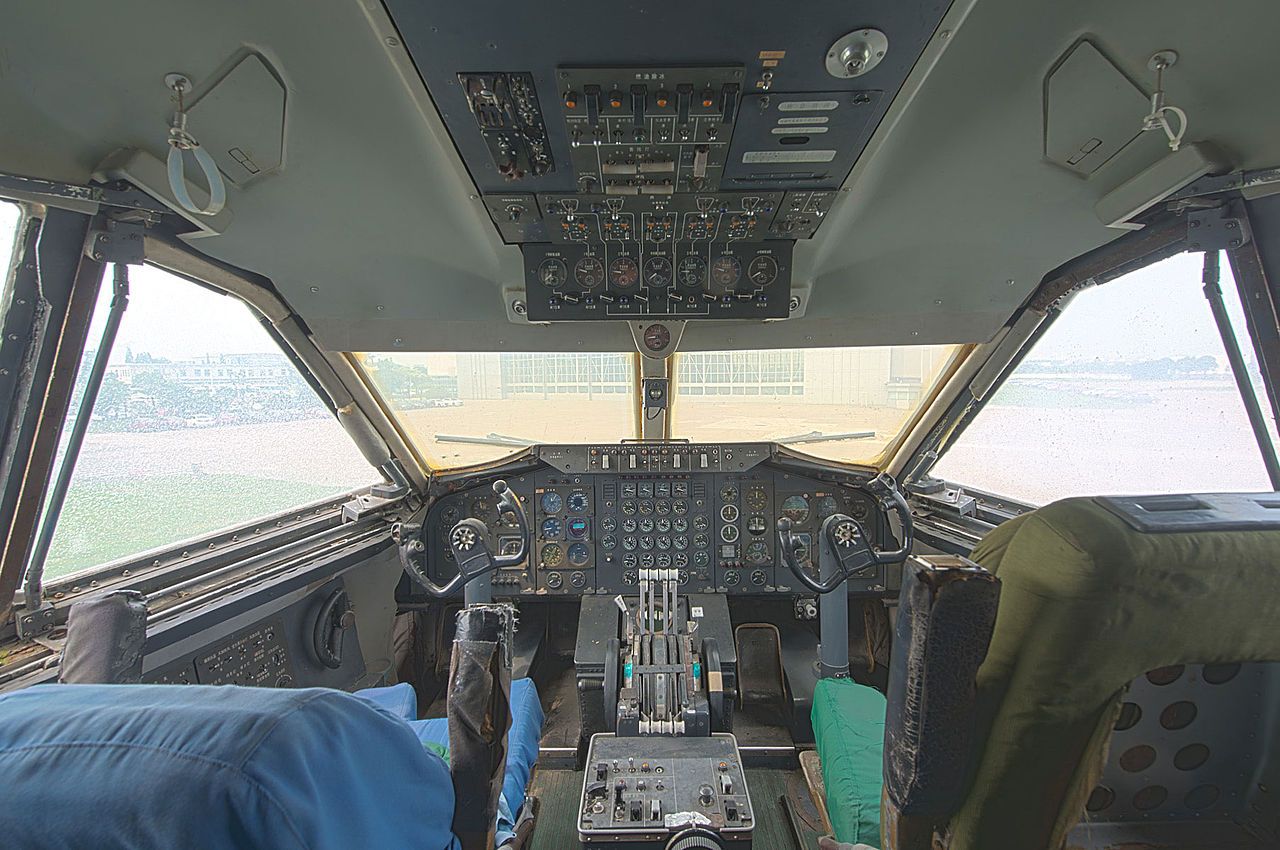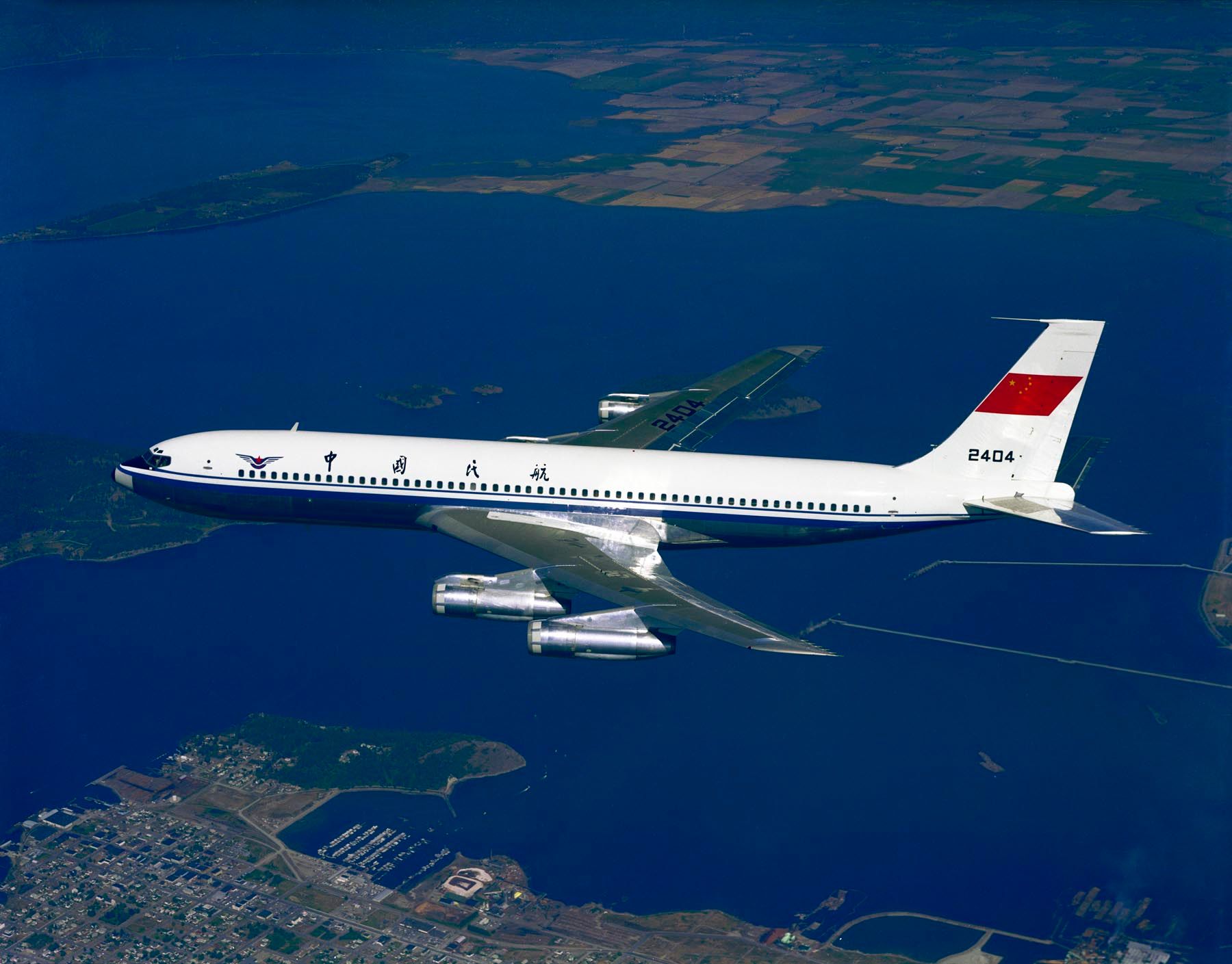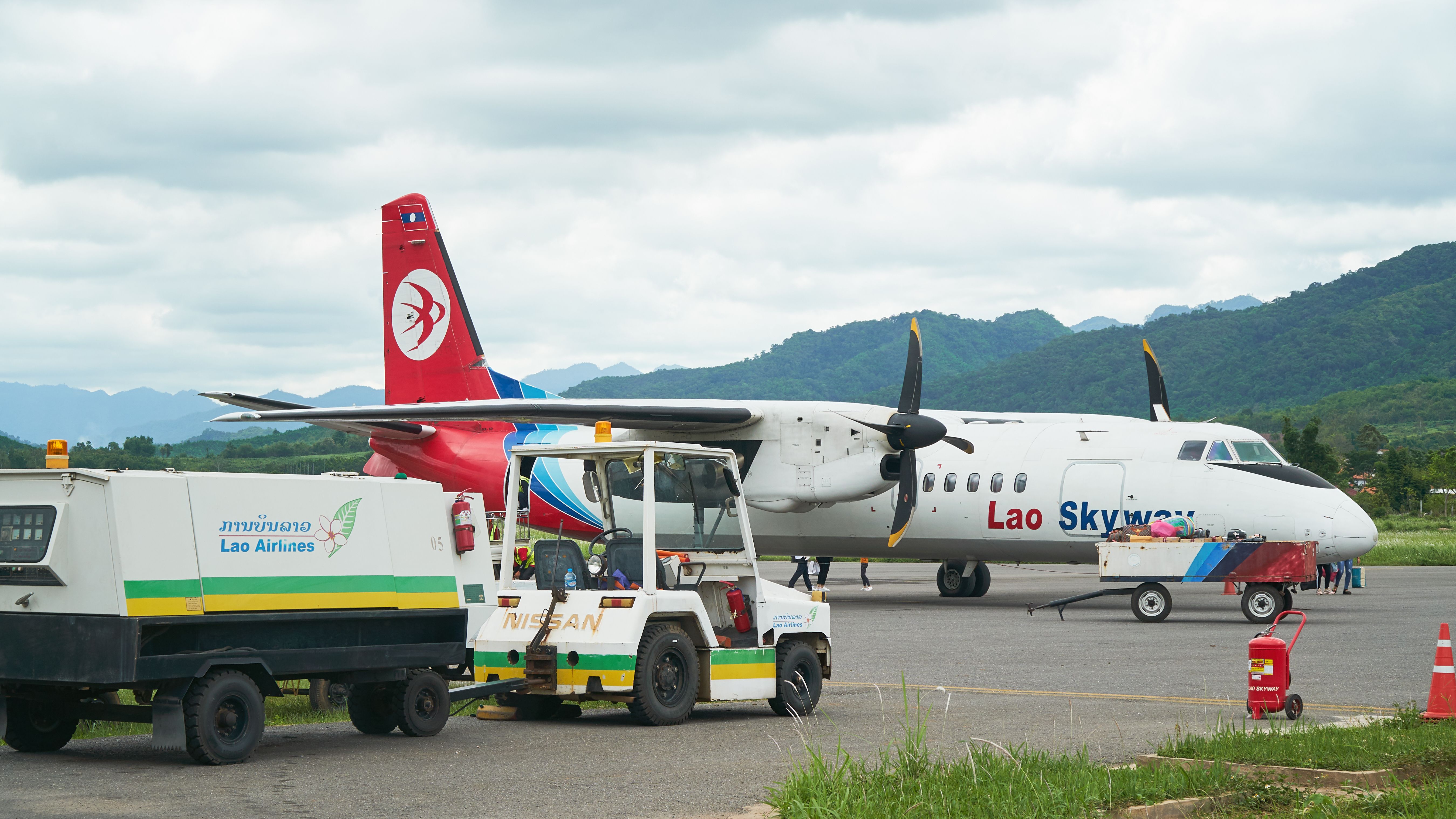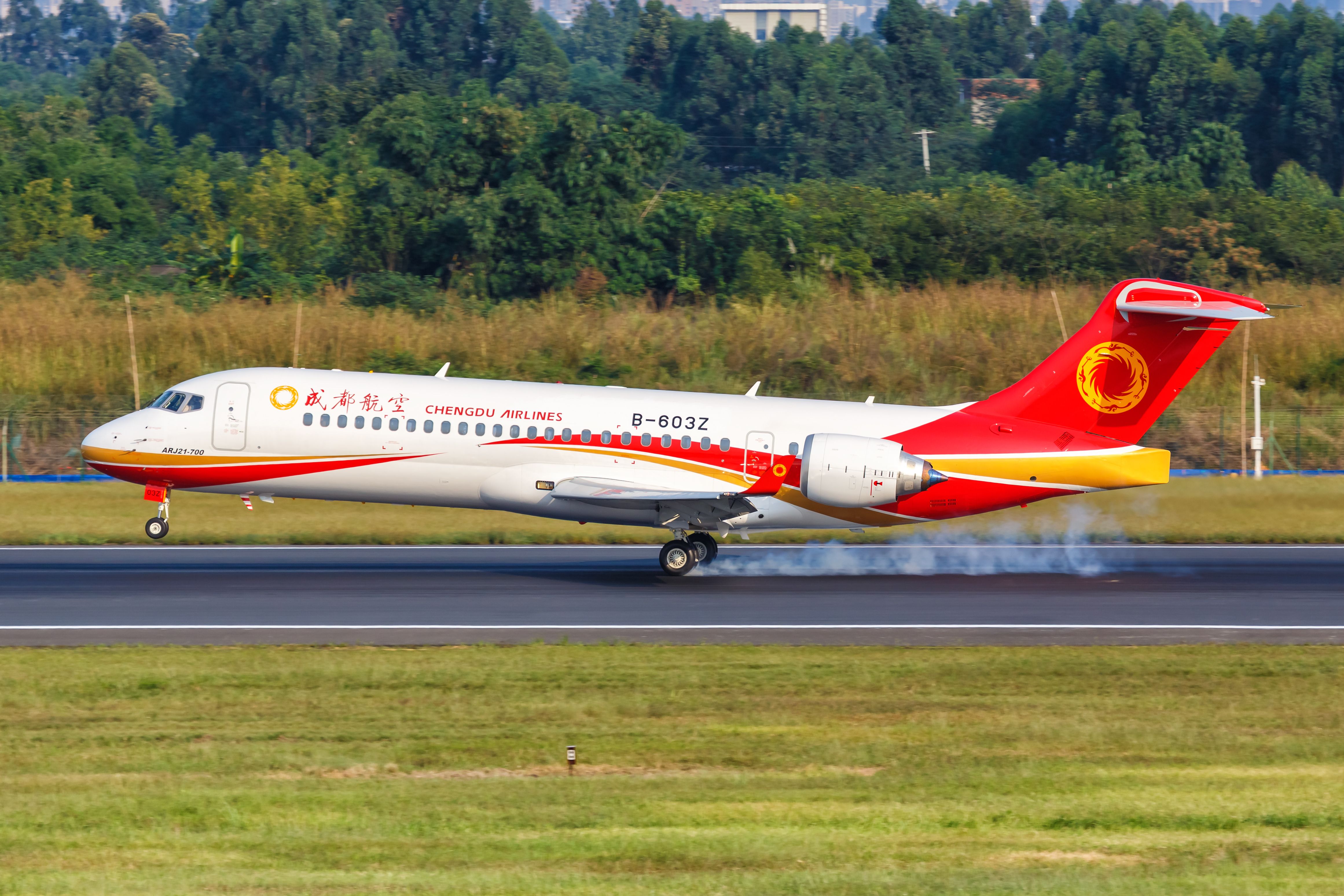Summary
- Chinese aviation history includes the development of the Shanghai Y-10, inspired by Boeing, which had only three prototypes.
- The Y-10 was a product of domestic development following the licensed assembly of Soviet aircraft in China.
- Although CAAC did not adopt the Y-10 because it had sourced other aircraft, China’s aerospace industry thrives today with advanced projects.
The Shanghai Y-10 is a quad-engined single-aisle jet designed and developed by the Shanghai Aircraft Research Institute in the 1970s. Based on the Boeing 707-320C design, the aircraft used Pratt & Whitney JT3D turbofan engines acquired as spares for the Civil Aviation Administration of China (CAAC). In recent years, much information has been discussed about Chinese aviation and the development of new aircraft, especially the COMAC C919.
This is by no means the first aircraft built in China, however. In the 1950s and 1960s, China was building some Soviet aircraft under license, and soon after, it started its aircraft development. One of the earlier large passenger aircraft was the four-engine narrowbody Shanghai Y-10. It was designed based on the Boeing 707, but only three examples were built.

Related
China’s Commercial Aviation Odyssey: From The Y-10 To The C919 – Part 1
The Shanghai Y-10 went from a flawed beginning to a tragic end.
Development in the 1970s
China developed an aviation manufacturing industry soon after 1949 but relied heavily on the licensed assembly of other aircraft, such as the Xian H-6 (pictured below), which was based on the design of the Tupolev Tu-16. Developing a domestic design and manufacturing industry was seen as an essential step and would reflect the country’s abilities and development.
One of the earliest such projects was carried out in Shanghai by the Shanghai Aircraft Manufacturing Factory. It designed a new aircraft (known during development as “708”) to showcase the country’s abilities and promote further aircraft development.
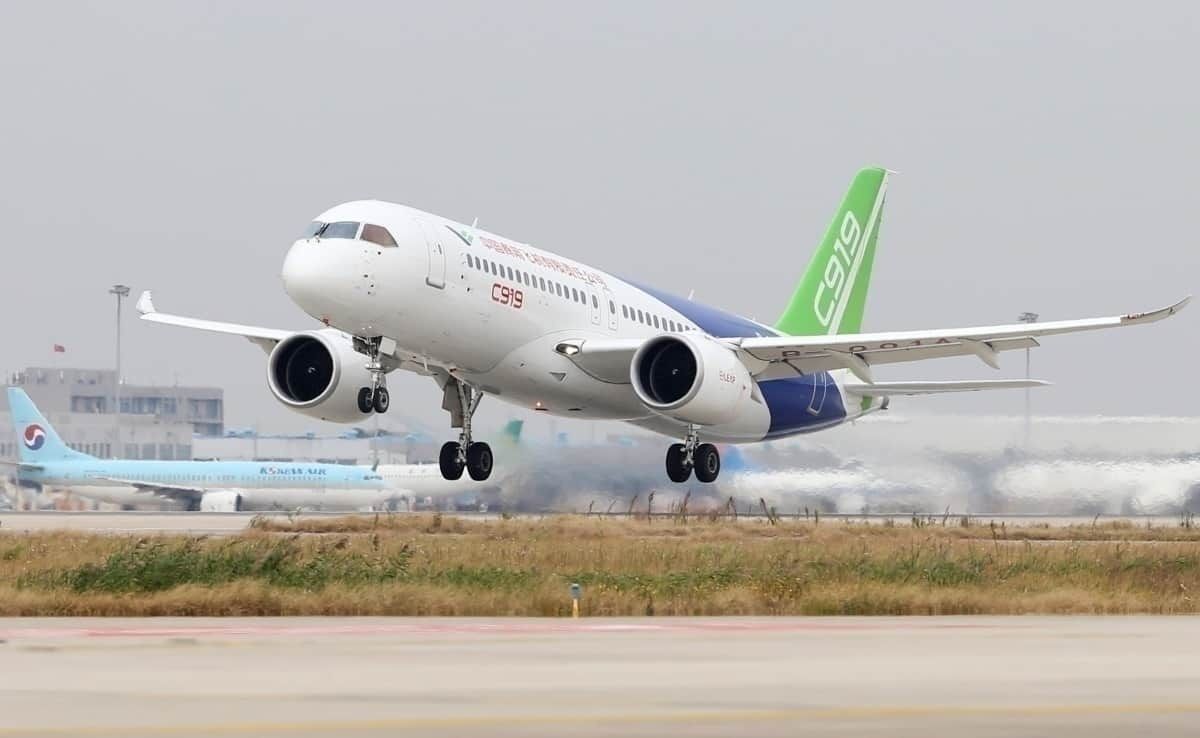
Related
The Future Of Chinese Aviation: The COMAC C919
Key.Aero highlights that to design the Shanghai Y-10, the company reverse-engineered the Boeing 707. Opinions differ on how this was achieved – and to what extent – but there are many similarities between the aircraft and the Boeing 707 and Boeing 720. A Pakistan Airlines Boeing 707 crashed in China in 1970; some believe this was used as part of the study for the new aircraft.
Designing and constructing the Y-10
- Crew: Five
- Passenger capacity: 124 to 178
- Length: 140 ft 10 in (42.93 m)
- Wingspan: 138 ft 7 in 42.24 m
- Height: 44 ft 0 in (13.42 m)
- Wing area: 2,632 sq ft (244.5 m2)
- Max takeoff weight: 224,872 lb (102,000 kg)
- Fuel capacity: 112,436 lb (51,000 kg)
- Powerplant: 4x Pratt & Whitney JT3D-3B turbofan engines
- Thrust per engine: 19,000 lbf (84.7 kN)
Development of the Y-10 continued throughout the 1970s. Much of this was based on the specifications and design of Boeing’s 707/720 but engineered and constructed domestically in China.
The Boeing 720 was a shorter variant of the Boeing 707, designed for lower-capacity flights and operation from shorter runways. The Y-10 more closely matched the Boeing 720 in capacity and airframe size, but the Boeing 707 was in range. The Y-10 has a fuselage length of 42.9 meters, compared to the Boeing 707-320’s 46.6 meters and the Boeing 720’s 41.7 meters. The picture below shows the Boeing 720 for comparison.
Of course, the engines were a big part of the aircraft design. The plan was to use domestically built engines from the Aero Engine Corporation of China (AECC). It had already built engines for domestically produced aircraft—mostly smaller military aircraft, though. The WS-8 turbojet engine was planned for the Y-10 but was never constructed successfully. Instead, the Y-10 used the same Pratt & Whitney JT3D turbofan engines as the Boeing 707.
Three prototypes were built
- Maximum speed: 526 knots (605 mph, 974 km/h)
- Max Cruise Speed: 496 knots (570 mph, 917 km/h)
- Operational Range: Up to 4,300 NM (5,000 miles, 8,000 km)
- Service ceiling: 40,450 ft (12,330 m)
Ultimately, only three Y-10 aircraft were ever built. The Shanghai Aircraft Manufacturing Factory introduced them all as prototypes. All three were used for flight testing (one just for static ground testing) but did not enter regular airline service.
This was due to the direction and state of the national airline, CAAC, at the time. CAAC was both the regulator and monopoly operator in China’s early days of aviation. It was established in 1949, with its airline division, CAAC Airlines, established in 1952. It was not until 1988 that CAAC was split into separate regional airlines.
Planning and developing the Shanghai Y-10 took a long time, and ultimately, CAAC had already sourced aircraft from other countries. By the time the Y-10 flew in 1980, CAAC was already operating many aircraft types, including the Boeing 707 (CAAC operated at least 10 Boeing 707s from 1973) and the Soviet Ilyushin Il-62 quadjet. It simply did not need the Y-10, and the program soon ended.
There was little interest in revitalizing an old program (with links to Maoism and the days of the Cultural Revolution). The Shanghai Aircraft Manufacturing Factory had shifted attention to other programs, such as the licensed manufacturing of the McDonnell-Douglas MD-80, and this was the end of domestic development for some time.
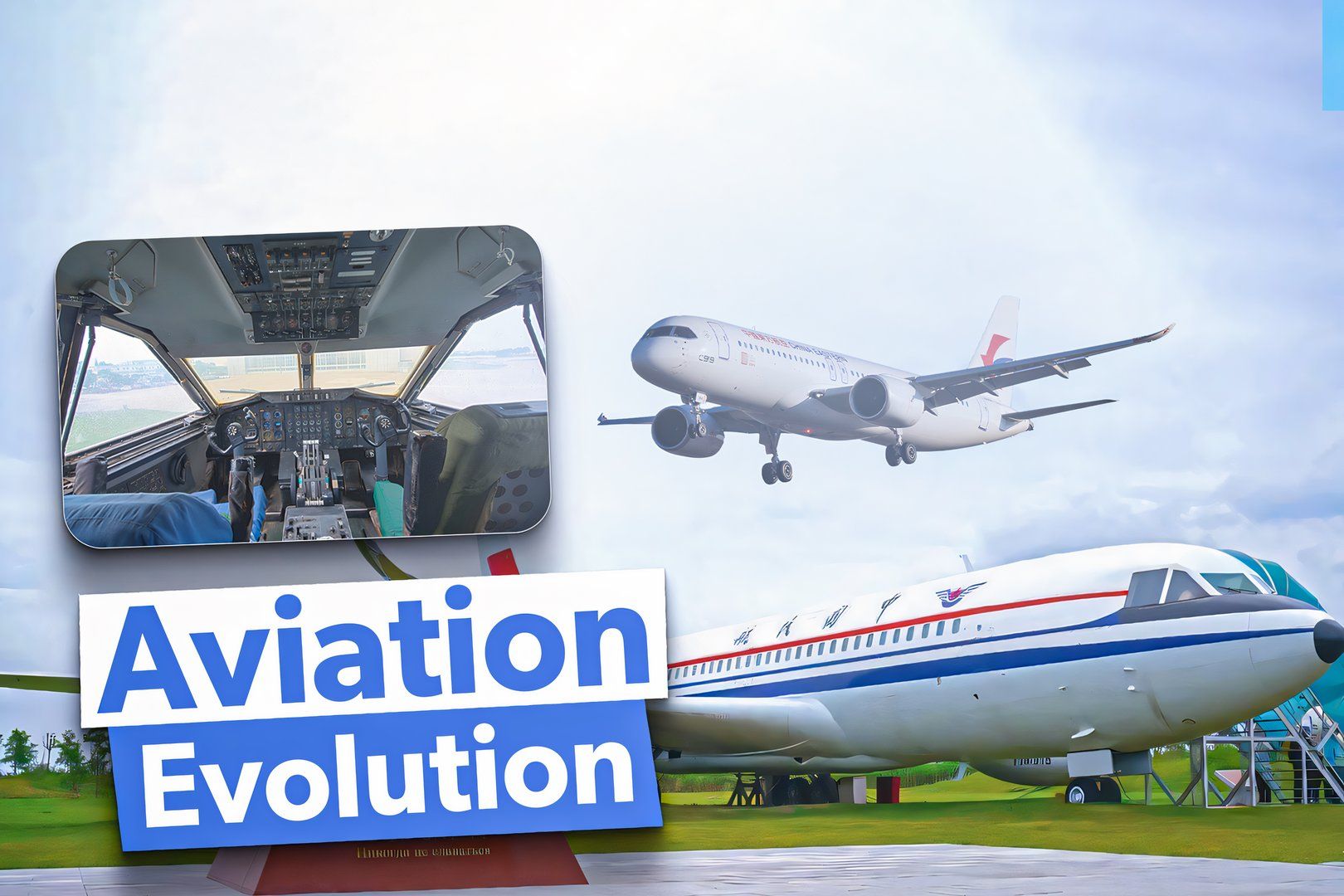
Related
China’s Commercial Aviation Odyssey: From The Y-10 To The C919 – Part 2
After enduring numerous setbacks, the spirit of the Y-10 now lives on in the C919 project.
Competitive development in China today
Of course, today, aircraft development in China is back in force. Modern development arguably began with the Xian MA-60 twin turboprop in the early 2000s.
Photo: Yangxiong | Shutterstock
The COMAC ARJ21 regional jet flew in 2009 and entered service in 2016. Over 100 aircraft have been delivered to several Chinese airlines (and Indonesian low-cost carrier TransNusa).
Photo: Markus Mainka | Shutterstock
The COMAC C919 entered service in 2022, and more are on the way, with stretched and shortened versions planned to take the battle even closer with Boeing and Airbus. The C929 widebody was being developed jointly with Russian manufacturer UAC, and the program is currently undergoing changes following Russia’s withdrawal. There may be delays, but the ambition for domestic development remains.
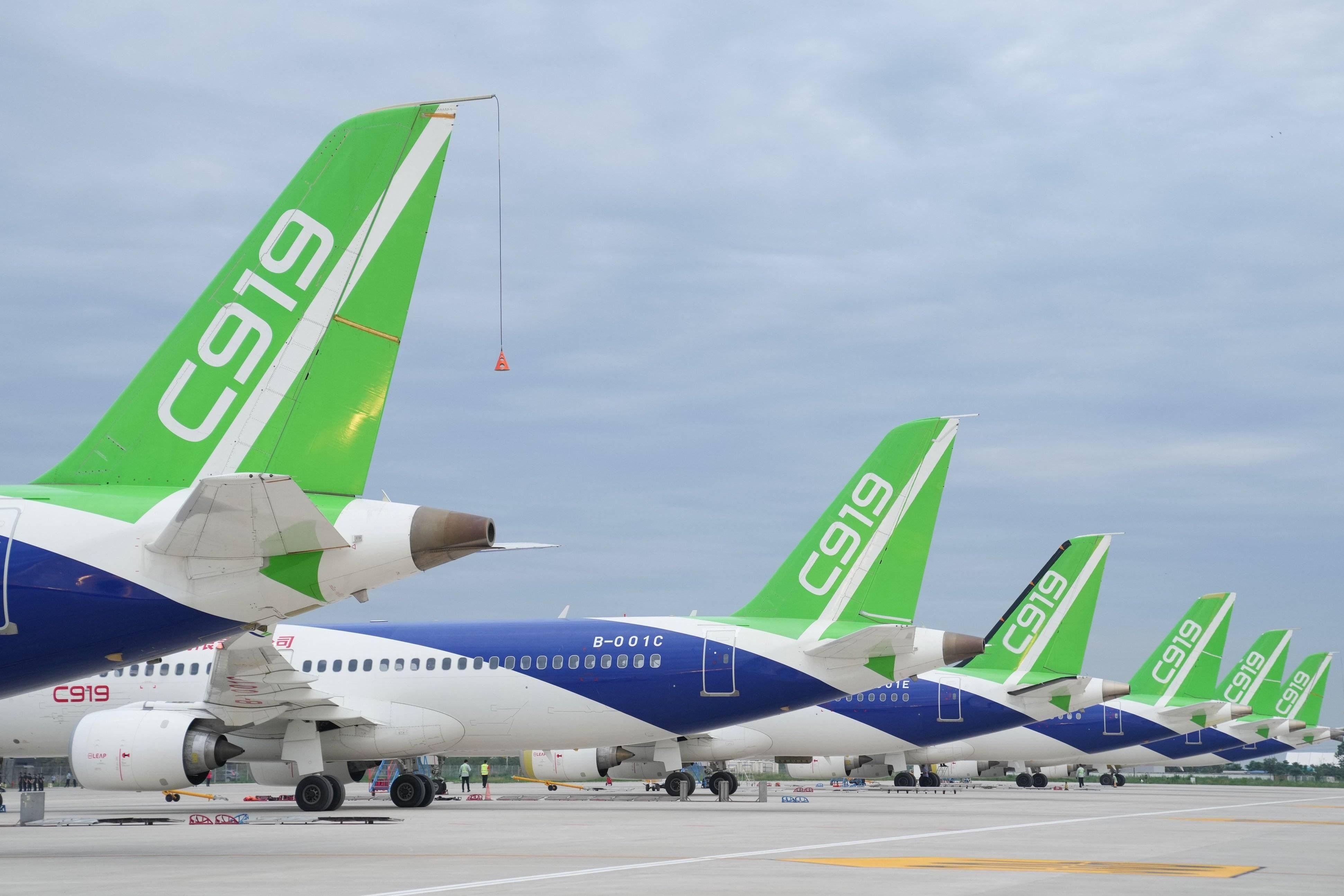
Related
What To Expect From COMAC In 2024
2024 will be a year of both challenges and opportunities for COMAC, and it will be a crucial year for COMAC’s development.
China is now emerging as a significant aircraft manufacturer. Its interest and success in this started much earlier, though. Feel free to further discuss these early or more recent projects in the comments.
